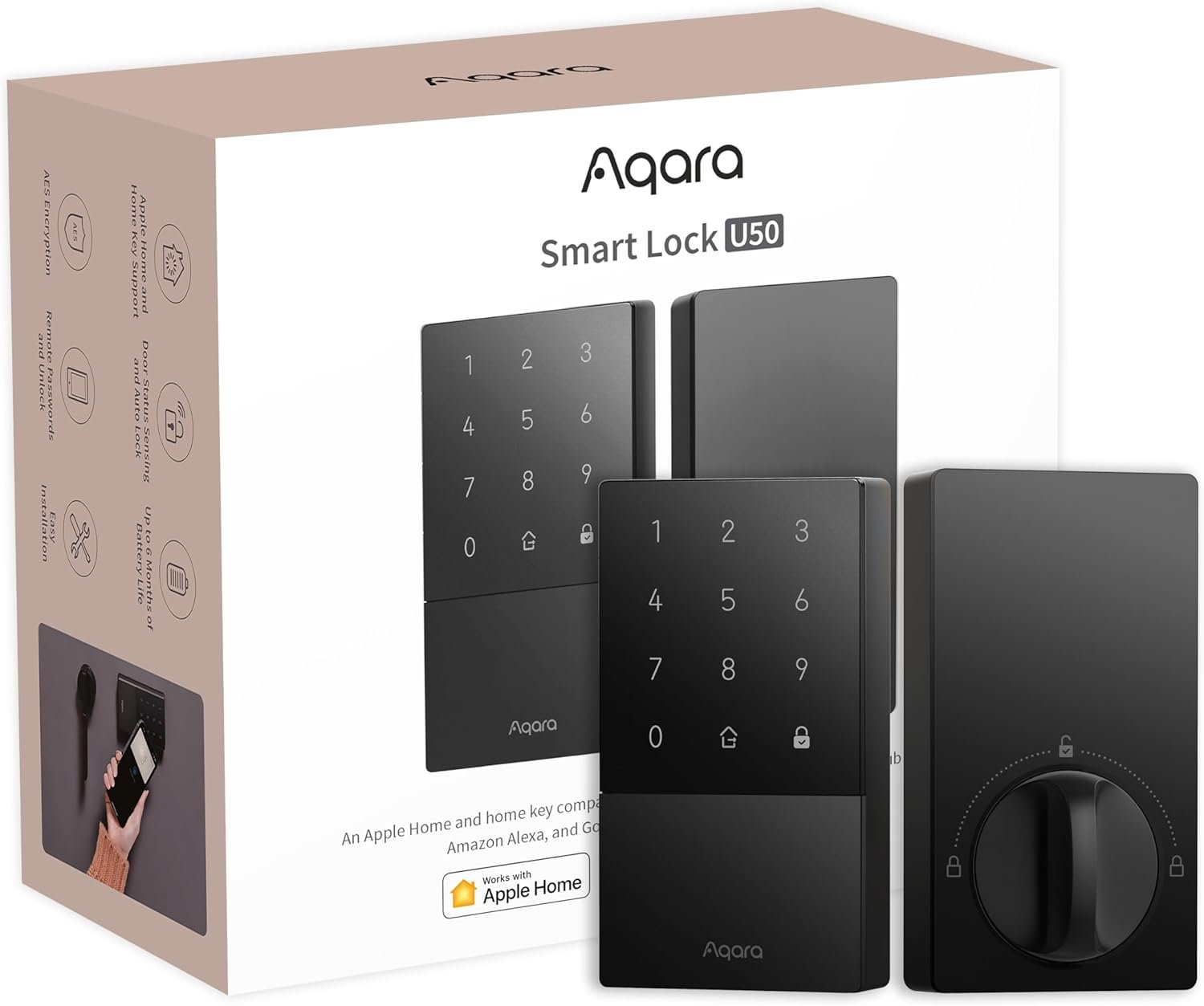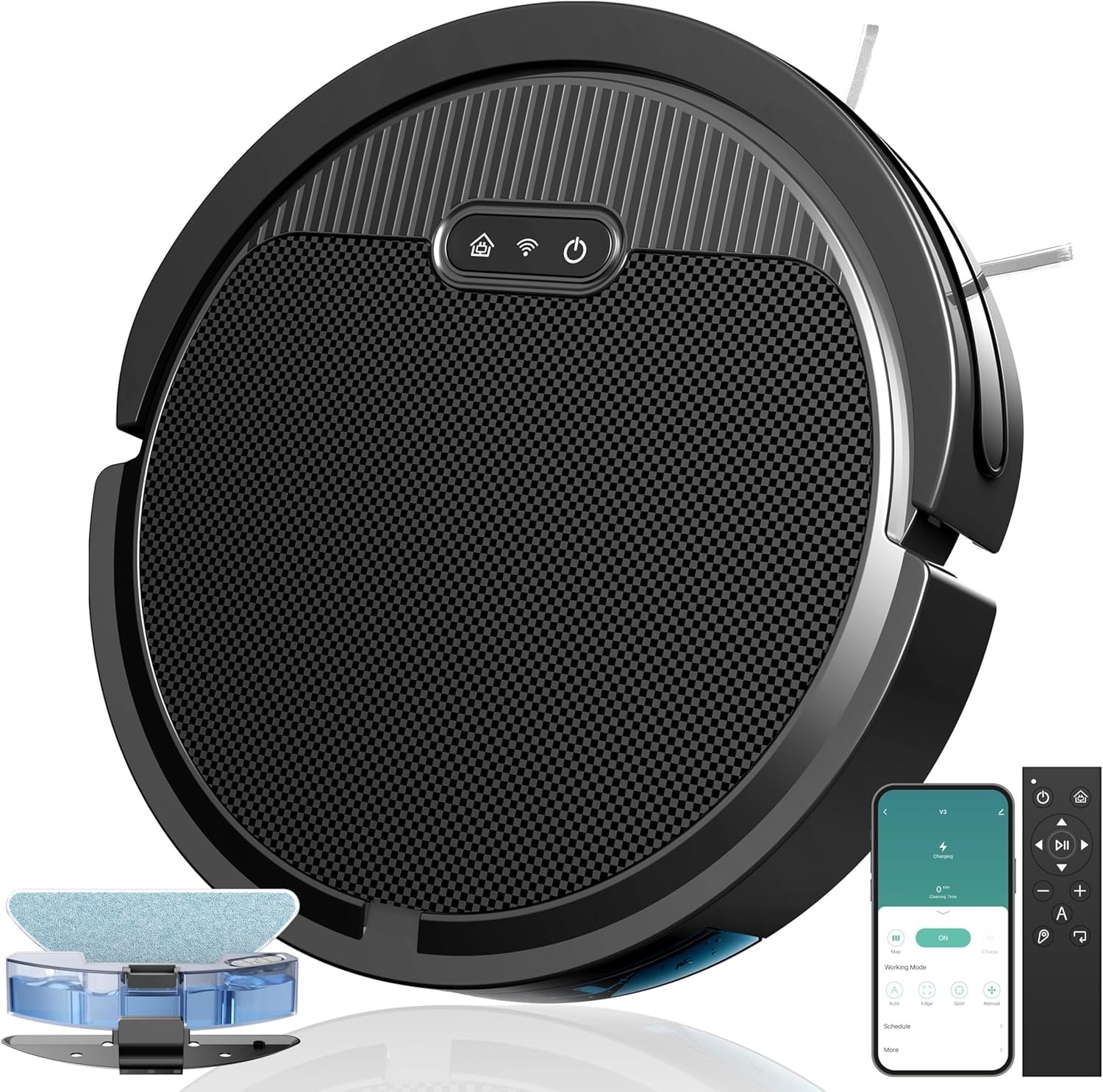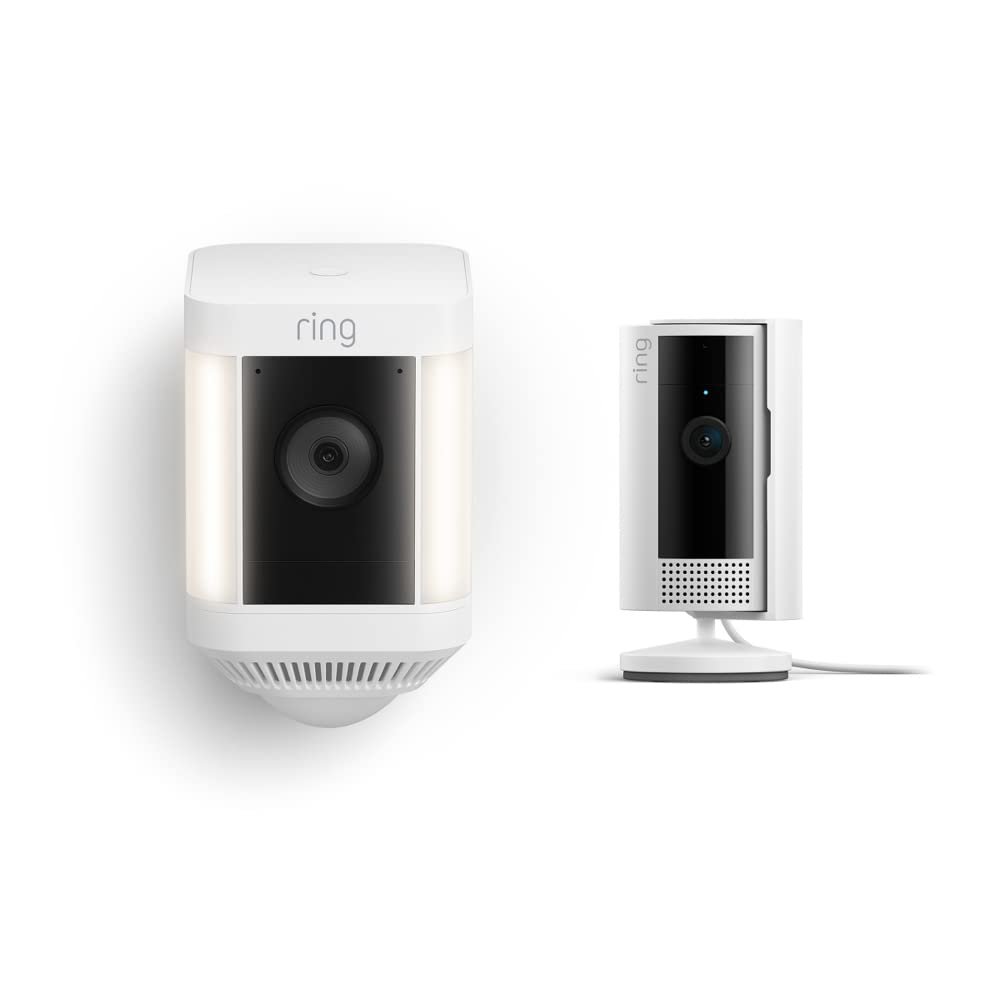Have you ever wondered how to transform your living space into a more energy-efficient and smart environment? With the rapid advancement of technology, smart home devices not only offer unparalleled convenience but also help in reducing your energy consumption, making your home more efficient and environment-friendly. In today’s world, integrating smart technology into your daily life can provide a seamless and innovative way to manage your household.
Understanding Smart Home Technology
smart home technology refers to a network of devices and appliances that are connected through the internet, enabling remote monitoring and management. These devices are often controlled via smartphones, tablets, or voice assistants, allowing you to streamline various home functions like lighting, security, and climate control. By embedding intelligence and connectivity into everyday objects, smart home technology offers endless possibilities to enhance your living environment.
How Smart Devices Can Benefit Your Home
Integrating smart devices into your home is about creating a space that works for your lifestyle. The benefits include increased energy efficiency, enhanced security, and improved convenience. Smart home technology allows for automation and optimization of your home’s systems, meaning less waste and more savings. It keeps your home environment responsive and adaptable to your daily routines and preferences.
Key Features of Smart Homes
Smart homes are designed with specific attributes that set them apart from traditional homes. Features like automation, remote control, and energy management create a living space that is not only comfortable but also future-ready. Devices communicate with each other to create an ecosystem that can adapt in real-time to suit your needs.
Cost and Value Considerations
Investing in smart home technology involves initial setup costs but offers long-term financial and environmental benefits. Understanding these can help you make informed decisions about which devices to integrate into your home.
Installation Costs and Return on Investment
While the upfront costs for smart home devices might seem significant, the long-term savings on energy bills can often justify the investment. Smart thermostats, for example, can save up to 15% on heating and cooling costs. Over time, these savings can add up, resulting in a shorter payback period.
Long-term Savings from Energy Efficiency
Energy-efficient smart home devices help reduce your household’s energy consumption. Devices like smart lights and appliances adjust their energy use based on your habits and real-time usage, further conserving power. These innovations can significantly decrease your energy bills each month.

Comparing Smart Home Solutions
The market offers a plethora of smart home devices, each with unique capabilities and design advantages. Here’s how to compare them effectively.
Real-World Use Cases
Understanding how smart devices are utilized in daily life can provide insight into the best options for your home. For instance, a smart thermostat might be more beneficial for someone looking to optimize heating and cooling systems, while smart lights and plugs could be better suited for those who want basic automation.
Comparing Device Features and Benefits
Creating a comparative table of smart home devices designed for energy efficiency can help you see how they stack against each other. Here’s a brief example:
| Device | Key Feature | Benefit |
|---|---|---|
| Smart Thermostat | Automated Heating/Cooling | Reduces energy bills |
| Smart Lights | Remote Access/Automation | Convenience & Savings |
| Smart Plugs | Energy Monitoring | Waste Reduction |
Practical Setup Guides
Setting up a smart home can seem daunting, but step-by-step instructions make the process manageable. Here’s how you can get started.
Installing and Integrating Smart Devices
Begin by identifying the areas of your home you wish to make smart and buy compatible devices. For initial setups, choose products that have straightforward installation processes, which might involve setting up a smart hub or network. Many devices come with mobile apps or website interfaces to guide you through the setup.
Maintaining Your Smart Home Ecosystem
Once installed, maintaining these devices over time ensures efficiency and longevity. Regularly updating software and firmware keeps the system secure and functioning optimally. Troubleshooting connectivity issues, rebooting devices, and refreshing settings can help maintain a smooth operation.

Security and Privacy Factors
While smart technology brings convenience and efficiency, security and privacy remain paramount. Understanding potential risks can help mitigate any concerns.
Potential Risks and Safety Features
Smart devices have made security integration much easier, but it’s important to remember that they can also be vulnerable to breaches. Keeping your home network secure with strong, unique passwords and enabling two-factor authentication on devices can protect your home from unauthorized access.
Best Practices for Privacy Protection
Privacy is crucial, especially as more devices collect data about your habits and routines. It’s vital to regularly check status and permissions on every app and ensure data encryption where possible. Using reputable brands known for strong privacy practices is advisable to keep personal data secure.
Energy Efficiency and Sustainability
Smart home devices not only offer convenience but also significantly impact energy consumption and sustainability practices in your home.
How Smart Devices Reduce Energy Consumption
Devices like smart thermostats, lighting, and energy monitoring systems optimize usage patterns without sacrificing comfort or convenience. By involving predictive algorithms, these devices preemptively adjust settings to conserve energy based on your behavior and schedules.
Sustainability Impacts of Smart Homes
Embracing advanced smart home technology plays a critical role in environmental conservation by reducing carbon footprints. The efficient usage of resources such as electricity and water within a home contributes to broader environmental sustainability efforts.
Compatibility and Connectivity
Compatibility determines how seamlessly smart devices integrate into your existing setup. Knowing what to look for can save you from future frustrations.
Interoperability with Platforms, Hubs, and Assistants
Understanding how different devices communicate ensures a cohesive experience. Many smart home products are compatible with major platforms like Amazon Alexa, Google Assistant, or Apple HomeKit. Choose devices that fit well within your chosen ecosystem for an integrated experience.
Resolving Common Connectivity Issues
At times, connectivity issues may occur, often due to network problems. Applying simple fixes like resetting routers, ensuring devices are within range, or checking for software updates can help keep the network stable.
Future-Proofing and Innovation
Keeping pace with rapid technological changes can be demanding, but understanding future trends can help make your smart home investment worthwhile.
Emerging Trends in Smart Home Technology
Advancements such as artificial intelligence, IoT, and machine learning are continually evolving the smart home landscape. Staying updated on trends like voice-activated devices, advanced energy management systems, and personalized automation is essential to ensure your home remains on the cutting edge of technology.
Tips to Future-Proof Your Home
Invest in devices that offer scalability and flexibility. Ensure any smart system you implement has the ability to add new devices and services over time. Opting for systems embracing open standards increases compatibility with future products, making your smart home adapt to growing technology needs.
Making Smart Decisions
Determining if smart home technology aligns with your needs and budget can be a complex decision. However, it can greatly enhance your living environment and save on energy costs. Evaluate your priorities and what you hope to achieve with smart technology to make the best investment for your home.
Aligning Smart Technology with Your Lifestyle
Consider what will enhance your daily routine with maximum benefit. Whether it’s improving security, reducing energy costs, or achieving greater convenience, your motivation will guide smart device selections optimized for your needs.
Evaluating Costs Against Benefits
Reviewing your initial budget against the long-term savings can highlight the economic advantages of smart technology. Look for financing options or gradual upgrades as strategies to ameliorate upfront costs without compromising on long-term benefits.
Smart home technology is an excellent way of optimizing energy efficiency in your household, providing not only monetary savings but also contributing positively to environmental sustainability. By integrating smart devices into your home, you are setting the foundation for an advanced, efficient, and rewarding living experience.




